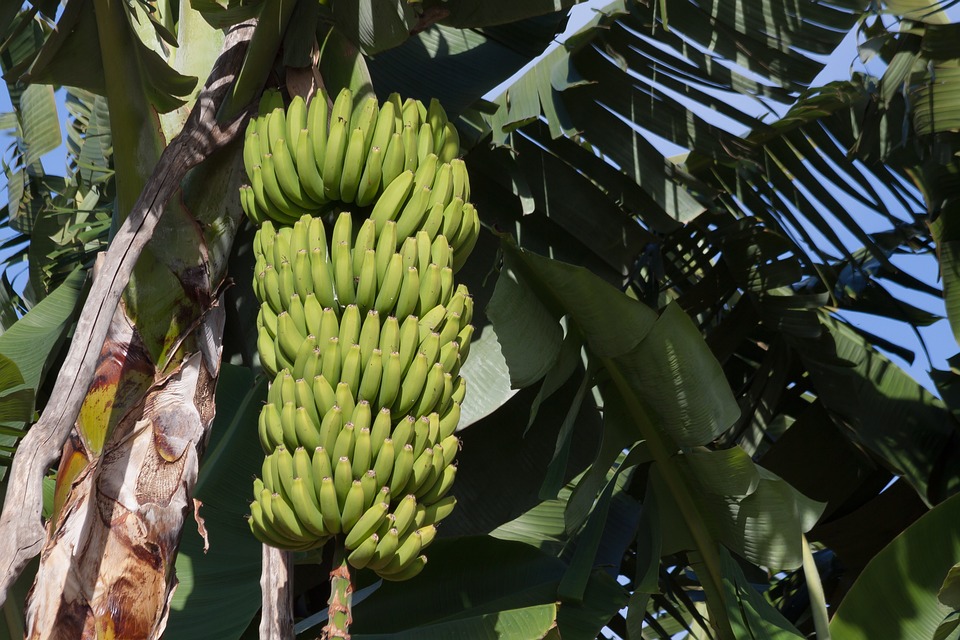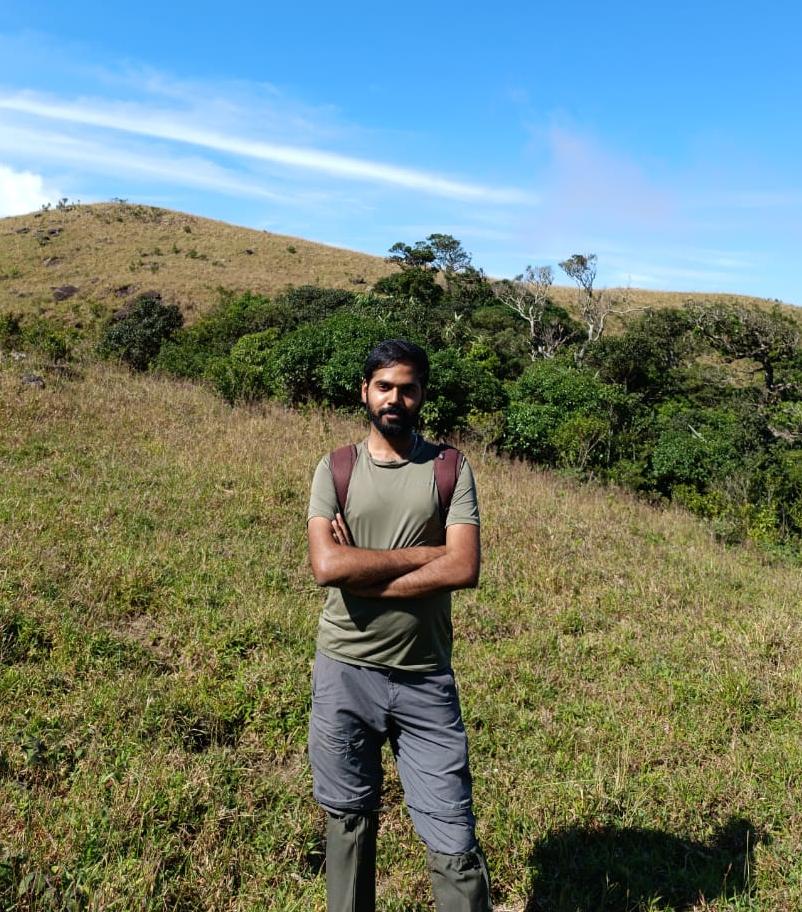"The Past Contribution and Future Fate of Genetic Variants under Climate Change in an Island Population of Musa itinerans"
Posted on
by

Climate change can make life hard for many organisms. Plants may have an especially challenging time adapting to change because they are immobile, and thus cannot simply remove themselves from the inhospitable climate. Thus, genetic variation is important for such sessile species to adapt to new environmental conditions.
This genetic cause of adaptability could be due to standing ancestral variation or to new mutations. Standing ancestral variation refers to those genetic variants that are shared by both ancestral and descendant populations. New mutations are found in a few descendant populations. New mutations can introduce novel phenotypes into the population, which could be beneficial for adaptation to novel conditions in descendent populations. Whether an organism can adapt to a novel environment solely through standing ancestral variation or whether new mutations are needed is not well understood.
The authors have approached this debate using the wild banana (Musa itinerans) in Taiwan. Taiwan is a continental island with a land bridge to China that permits migration. This connection allowed standing ancestral variation to flow into the Taiwan population during the last glacial maximum. The current interglacial period caused complete isolation via the Taiwan strait, allowing researchers to identify any additional genetic variation in these populations as new mutations. At the same time, Taiwan’s temperature has been similar to the mainland since the last glacial maximum, and the northeastern part of the island receives much more rainfall than the ancestral range of the species. The temperature similarity between Taiwan and the neighboring shore of China, as well as the precipitation differences across the island, gave a unique opportunity to test the genetic drivers of adaptation in these populations.
The authors sampled the study species across 24 sites in Taiwan and ascertained the Taiwanese authenticity in these samples. Current and future species distribution models were constructed and they found that Musa itinerans occupy sunny valleys and hillsides with gentle slopes. The most unsuitable environments lay within the central mountain range and the southwestern plains; both characterized by low annual mean temperature and low precipitation. Phylogenetic relationships between the Taiwanese populations and Chinese accessions were inferred using Musa acuminata as an outgroup. This study revealed that the Taiwanese populations were nested within the Chinese populations. For adaptation to the temperature variation within Taiwan, which is within the temperature range of the ancestral population, standing variation appears to be of greater importance. However, the authors also found that the novel precipitation regime in northeastern Taiwan requires the contribution of new mutations which are fewer in number but stronger in individual effects. These results emphasize the necessity of new mutations for species adaptation to novel environments, especially for immobile organisms such as plants. This work provides important insight on how currently living species will adapt to anthropogenic climate change.
Abstract
Genetic variation within species is crucial for sessile species to adapt to novel environments when facing dramatic climate changes. However, the debate continues whether standing ancestral variation adaptive to current environmental variability is sufficient to guarantee future suitability. Using wild banana Musa itinerans, we investigated the relative contribution of standing ancestral variation versus new mutations to environmental adaptation and inferred their future fate. On the continental island of Taiwan, local populations immigrated from the Southeast Asian continent during the ice age and have been isolated since then. This allows the classification of genetic variants into standing ancestral variation (polymorphic in Taiwan and the continent) and new mutations (polymorphic only in Taiwan). For temperature-related variables where Taiwan is mainly within the ancestral climatic range, standing ancestral variation had a slightly stronger association than new mutations. New mutations were more important for precipitation-related variables, where northeastern Taiwan had much more winter rainfall than most of continental Southeast Asia. Upon future climate change, new mutations showed higher genetic offset in regions of abrupt transition between allele frequency and local environments, suggesting their greater spatial heterogeneity of future vulnerability.

Photo credit: Sachin Bhaskar
Author Bio:
Sachin Bhaskar is a PhD student at the Behavioral and Evolutionary Ecology lab at IISER TVM, Kerala, India. His research focuses on understanding the community-level flower-pollinator interactions using floral traits, in the Western ghats of India. Apart from this, he loves to talk about plants and flowers to diverse groups of people. Outside scholastics, he is a culinary enthusiast, makes terrariums, and loves archery.